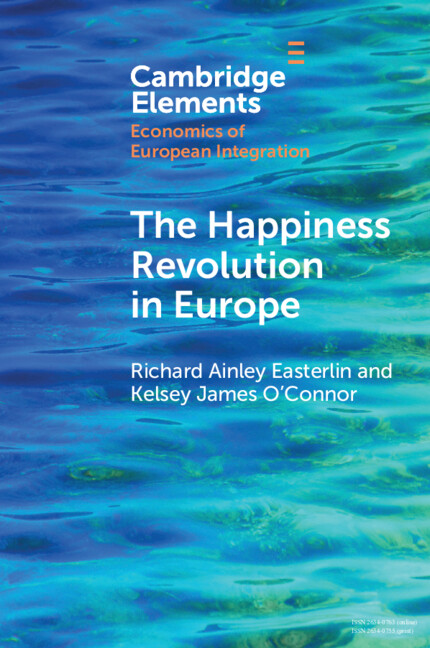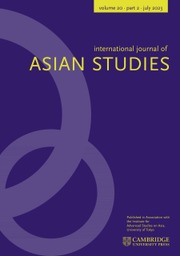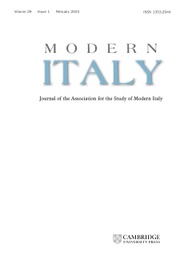The Happiness Revolution in Europe
There is now a Happiness Revolution to go along with the earlier Industrial and Demographic Revolutions. The Happiness Revolution is captured using people's happiness scores, as reported in public surveys, whereas the earlier revolutions are reflected by economic production (such as GDP) and life expectancy. Increases in happiness are chiefly due to social-science welfare policies that alleviate people's foremost concerns – those centering on family life, health, and jobs. This Element traces the course of the Happiness Revolution throughout Europe since the 1980s when comprehensive and comparable data on people's happiness first become available. Which countries lead and which lag? How is happiness distributed – are the rich happier than the poor, men than women, old than young, native than foreign born, city than countryfolk? How has the COVID-19 pandemic impacted happiness? These are among the questions addressed in this Element. This title is also available as Open Access on Cambridge Core.
Product details
March 2025Adobe eBook Reader
9781009493666
0 pages
This ISBN is for an eBook version which is distributed on our behalf by a third party.
Table of Contents
- 1. Introduction
- 2. Happiness rankings and trends
- 3. Long term trends in happiness: driving forces
- 4. Happiness differences and inequality
- 5. Happiness differences among demographic groups
- 6. COVID-19 postscript
- 7. Summary and Conclusions
- References.








